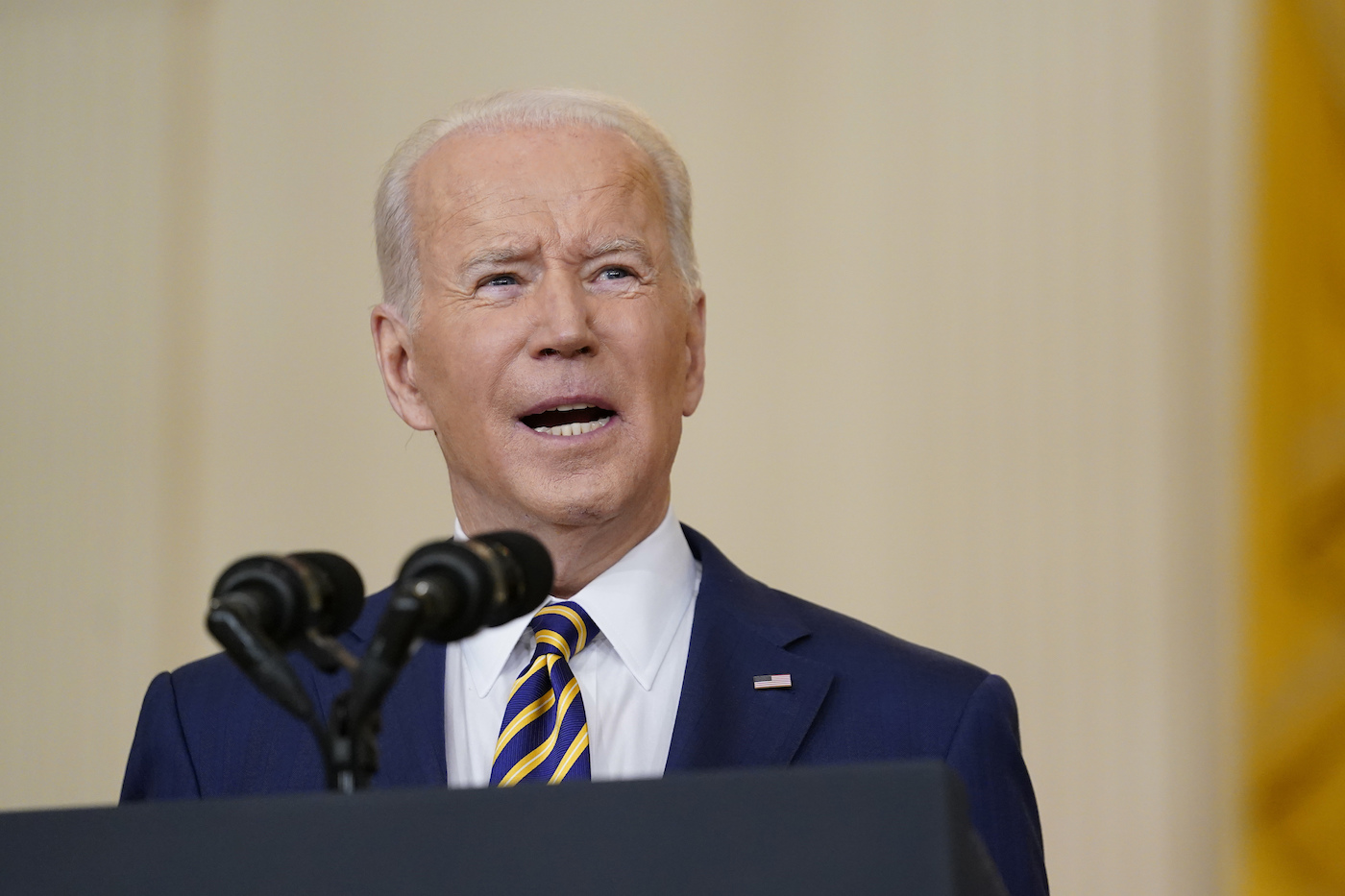HAMILTON, Ohio (Transatlantic Today) – As he journeyed to the industrial Midwestern state with a Senate seat up for grabs to plead his case for the future of manufacturing, President Joe Biden vowed that 3D printing technology will help restore factory employment to the United States and decrease inflationary pressures.
Amid inflation at a 40-year high with Russian President Vladimir Putin’s attack in Ukraine, people are becoming increasingly concerned about the economy. Biden is campaigning on the idea that his plans on everything from infrastructure to microchips would make the economy more robust.
Biden visited United Performance Metals in Hamilton to showcase 5 major American manufacturers’ commitments to increase their dependence on small and medium-sized businesses for 3D printing. The program’s participants include Lockheed Martin, Siemens Energy, GE Aviation, Honeywell, and Raytheon. The president and executives went on a plant tour.
The ambition of 3D printing is that it will allow more elements to be manufactured in the United States, reversing the trend of outsourcing industrial production and manufacturing employment. According to ABC NEWS, an investigation by the consulting company Kearney predicted that the technology might generate $600 billion to $900 billion in financial value by allowing greater local production.
The president furthermore pushed Congress to pass a stalled competition and innovation legislation, which the Democratic president claims is essential to boosting domestic production and resolving a semiconductor scarcity that has caused delays in the manufacturing of smartphones, laptops, video game consoles, life-saving medical equipment, and other modern amenities.
Biden was in Ohio, where an open Senate position was up for grabs after Republican Rob Portman announced his retirement shortly after the state’s primary elections. Rep. Tim Ryan handily won the Democratic primary on Tuesday, and will challenge Republican JD Vance, author of “Hillbilly Elegy,” in the general election. Ohio would be a challenging state for Democrats to win, given the state won 8 points for former President Donald Trump in the 2020 election.
Raytheon and GE Aviation established a target of sourcing 50% of their product bids from small and medium businesses using 3D printing or comparable technology.
Siemens Energy has committed to sourcing 20% to 40% of 3D print parts from outside sources and will engage with 10 to 20 small and medium businesses to assist them enhance their capabilities. Lockheed Martin has committed to collaborate on research with smaller companies to increase the use of 3D printing as a forging and casting alternative. Honeywell provides small and medium manufacturers with technical help in areas such as part design, data creation, machine operation, and post-processing.
Since COVID pandemic-related lockdowns closed down major Asian chip facilities more than 2 years ago, the semiconductor chip crisis has been growing. Despite the semiconductor industry’s attempts to meet up with demand, it may now continue beyond this year.
Although there is bipartisan backing for increasing domestic chip manufacturing, disputes between the House and Senate must be resolved.
The House passed a draft of the bill in February that would provide the semiconductor sector $52 billion in subsidies and grants to assist boost domestic production. The legislation must now be harmonized with an eight-month-old Senate version.
Other issues that have sparked Republican worries about the bill’s expense and breadth were also tucked in by House Democrats.
$8 billion for a fund to assist developing nations in adapting to climate change; $3 billion for facilities to reduce the United States’ reliance on Chinese solar parts; $4 billion to assist communities with substantially elevated unemployment than the national average; and $10.5 billion for states to replenish medical devices and drugs are all included in the bill.


























